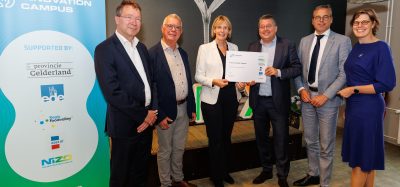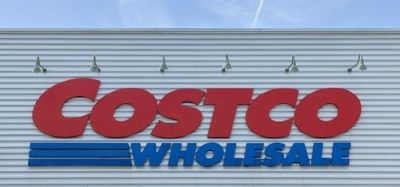Taking care of the land and the herd
Posted: 27 September 2018 | Brian Sapp - Director of Operations at White Oak Pastures | No comments yet
Brian Sapp, Director of Operations at White Oak Pastures, a 150-year-old multigenerational family farm, tells New Food how this South Georgia business employs production processes that cooperate with nature to produce artisan products.
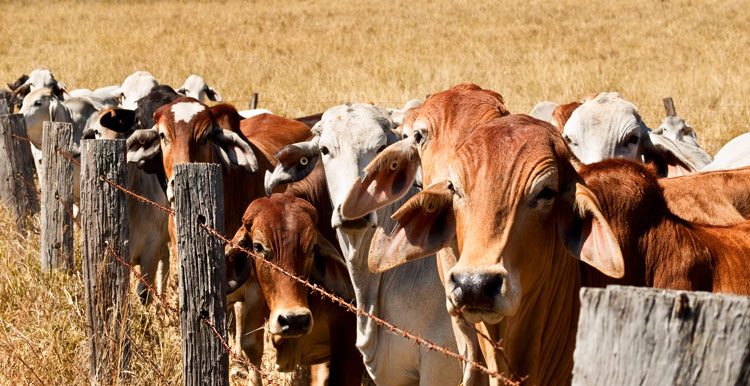

What do you think are the most important factors involved in the production of top quality meat of a consistently high standard and for a sustainable price?
Our most important factor is food safety – as it should be with any food product. At White Oak Pastures we think of producing safe food as our culture, so we strive to do it 24 hours per day, seven days per week. It’s such a dominant issue that were we to list the most important factors on a 28-line legal pad, food safety would take up the first 20 lines!
Next most important is the consumer preference in what is classified as top-quality meat. In our production models for all species we are seeking out customers that believe quality comes from a combination of humane treatment, pasture production, sustainable farm practices and family farming. We market to these customers because we know they are willing to pay a premium for ‘quality’ attributes.
We have never tried to battle on price with anyone. We compete on attributes and transparency – from the farm level all the way through processing. A sustainable pricing structure for us is pricing product to be profitable so we can continue to do the things we love here on the farm.
Which elements of your production process do you think are managed particularly well at White Oak Pastures?
We believe our whole system is managed at a high level. If parts of the system are managed poorly, the whole organism known as White Oak Pastures fails. For us that management is a three-legged stool. Each leg represents a large section of the business. Here the three legs are live animal production, processing and sales. If any one of these processes out-grows or underperforms the others, the stool will collapse.
What advantages does having your own abattoirs give to your production process, and ultimately your customers?
When I first met Will Harris (owner of White Oak Pastures) in 2007, the second sentence out of his mouth – after we made our introductions – was: “I don’t want a processing plant.” But at that time he had already poured concrete for a processing facility, so I knew that it was a matter of business decision and not passion.
Today, I believe, he would say that he sees the benefits of controlling the processing portion of the business. We make our own schedules, we rely on our employees and management team only, and we build relationships with our customers through the control of processing.
Our customer base, both wholesale and retail, views our processing facilities positively. When we have audits or visitors we are confident things are being done correctly – and if they aren’t, we can fix them ourselves without having to rely on people not on our payroll.
In the early stages of the business, pre-2008, Will was at the mercy of other people. Owning these facilities is still a challenge, but with that comes a lot of flexibility which is a great benefit to our model.
Can you give an example or two of a particularly successful partnership with one of your suppliers?
We have a lot of very successful relationships. We cherish each and every one. They range from large, multi-national customers, to regional customers, to some really good chefs in Atlanta. They all have their success stories, but probably the one that stands out is our relationship and programme management relationship with Whole Foods Market. Typically, it’s a struggle to utilise the whole animal in a profitable manner. Whole Foods helped us utilise entire carcases – and that made our workflow and product flow easy to manage.
They took it all, the middle and end meats, the trimmings, the bones – everything.
In my 13 years in the meat business, I have seen a number of small facilities fail because they built markets on middle meats and woke up one day with a freezer full of parts and pieces and no cash.
When we built the facility here, we built a 12ftx12ft freezer. We knew that if we didn’t freeze much product and worked from the ‘sell it or smell it’ mentality we would be much better off, and it has worked so far. Our facility is a product river, not a lake.
What impact, if any, have changing consumer tastes and market demand had on your production processes?
In our market, it seems that consumer tastes and demands hinge more on production practices than they do on actual product taste. We pull out our crystal ball at least once a week in the hope that we can predict the next buzz word, the next craze, the next demand. I think we have been pretty successful in this.
When I started here in 2008 we were selling grass-fed meat on their health merits and benefits. It wasn’t long before we figured out that our consumers are actually more interested in the treatment of the animals and the sustainability of the farm itself.
That said, demand, was instrumental in our growth into other species. We saw a space in the market place for pasture raised poultry, lamb, goat and pork. We expanded into these species starting in 2010 and sales growth has been pretty steady.
We continue to look for ways to remain transparent to our customers. That goes a long way to building trust in our products.
You must be proud of your record on humane animal handling and slaughter. Can you explain some of the steps you take to ensure you meet high standards in this area?
Humane animal handling, from birth to slaughter, is an important foundation of our business. We spend countless hours on employee training both in the classroom and on the job. One of the biggest positive factors in this area is retaining and maintaining good employees. Our turnover rate here is very, very low and I think that plays the largest role in our track record.
Of course, the employees also need the best tools and facilities appropriate for correctly handling and slaughtering animals. Good pens and equipment, in good working order, takes away a lot of the human error.
Sustainability is obviously important to you, but what additional issues does it create when trying to ensure seamless and cost-effective meat production?
Part of our sustainability is being able to sell product for a profit. If we sell below production cost, it is impossible for us to tout ourselves as ‘sustainable’ because our business would perish.
As mentioned earlier, we must seek out customers that are willing to pay a premium price for our products. We continue to find ways to cut production costs without affecting the end product, but what we do here is expensive.
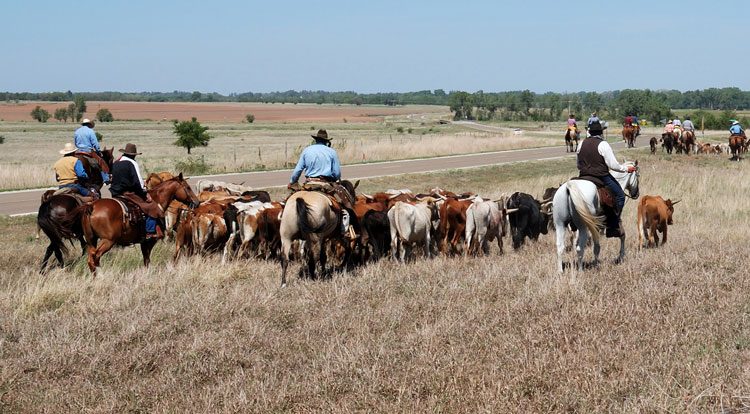

We have to send employees out on trucks and tractors to feed chickens. Our cattle grow slower than cattle in feed lots, so it takes more management which equates to more man hours. Our processing facilities, when compared to commercial facilities, run about 99% less pounds of product per day. This all adds cost into the system, so we have to sell at a premium. We certainly can’t out-Tyson, Tyson, but we can produce safe, quality products that tailor to a certain clientele who appreciate what we do and are willing to pay a premium to allow us to be sustainable.
As the largest USDA-certified organic farm in Georgia, can you give some examples of the steps you have to take to earn this accreditation?
For me, the process was pretty easy as the heavy lifting was done before I arrived, but I know from Will that it was a pretty tedious transition. The biggest deal for him – having come from industrial agriculture including a stint of chemical and fertiliser sales – was giving up the chemical fertiliser and weed control.
The first two years after he quit using nitrogen he struggled to keep his pastures in shape. Things that he had killed off over the years with herbicides began to grow, and as a pasture manager he was quite distraught. But after the second year he began to see an amazing transition in his dirt. The natural floras and faunas began to take over and he began to build organic matter back in the soils.
He went from 0.5% organic matter to over 5% in some of his pastures. The ground began to settle back into a more predictable growth pattern and the cattle began to enjoy some of the things growing in the pastures that he had previously killed with herbicides.
I came in right at the end of this transition and over the past nine years we continue to see improvements in our pastures and in our herds. We have added some land and I have witnessed this evolution in person – it is quite an amazing sight. We continue to acquire land through purchase and leases, which limits us on labelling our products as organic, but we are regenerating land that has been neglected.
How do you expect livestock management and meat production to change over the next five to 10 years at White Oak Pastures?
I don’t think we will see much change on our farm as far as livestock management goes. One of the biggest steps for us in the past two years was becoming an accredited Savory Hub through the Savory Institute. The Institute has been instrumental in the process known as regenerative agriculture. We have changed our rotational grazing plans into planned grazing events that help our pastures rest and recuperate. This helps eliminate over-grazing. We will continue to strengthen our rotation of our other species, with the cattle, to continue to build good soils and grow good forage.
I also don’t see much change in livestock management on the commodity side of the production model. There will still be:
- Proteins produced at a very low cost to feed the masses
- Cow-calf producers selling cattle into feed lots
- Large poultry barns growing broilers indoors.
There is a place for all of this, we just decided to do it differently and show off the attributes we believe are beneficial to the animals, the land and the community in which we live.
The rest of this content is restricted - login or subscribe free to access
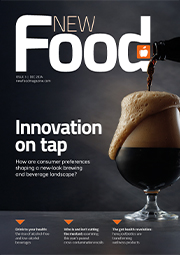

Why subscribe? Join our growing community of thousands of industry professionals and gain access to:
- bi-monthly issues in print and/or digital format
- case studies, whitepapers, webinars and industry-leading content
- breaking news and features
- our extensive online archive of thousands of articles and years of past issues
- ...And it's all free!
Click here to Subscribe today Login here




